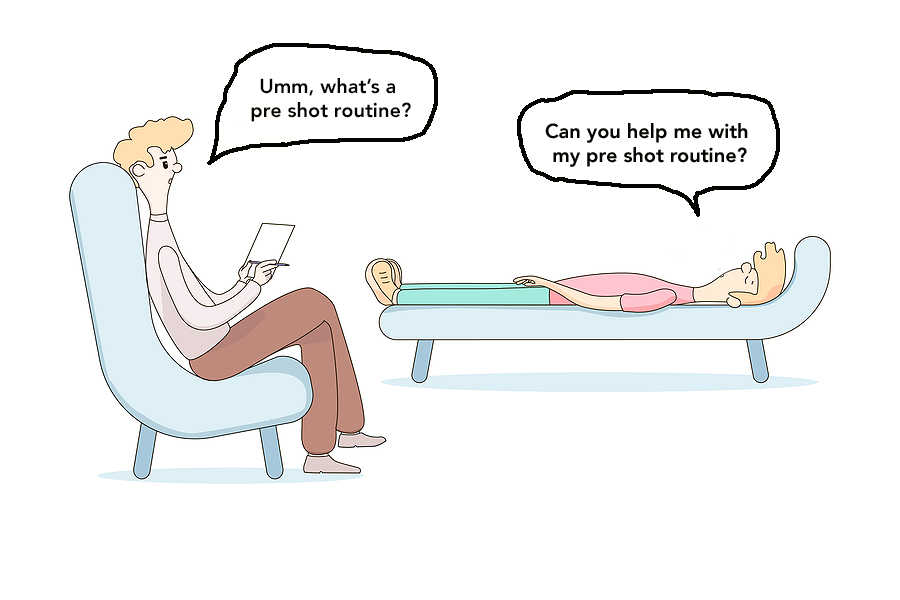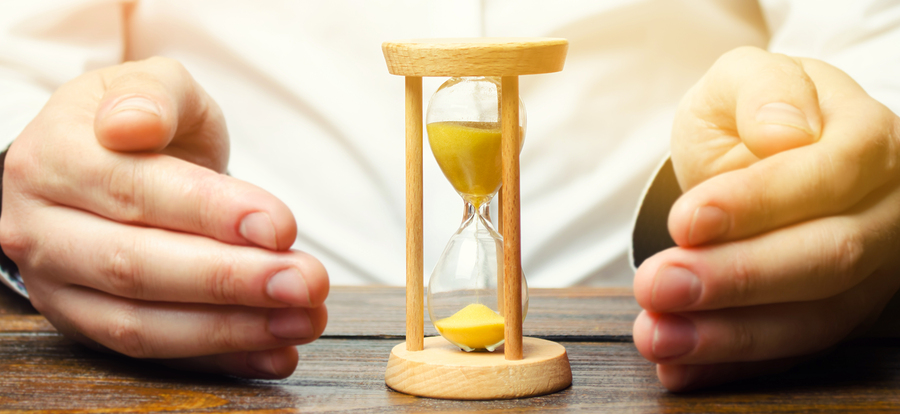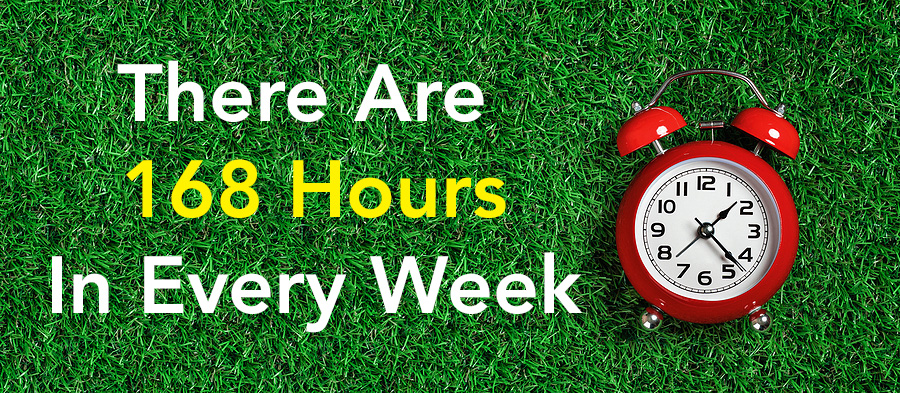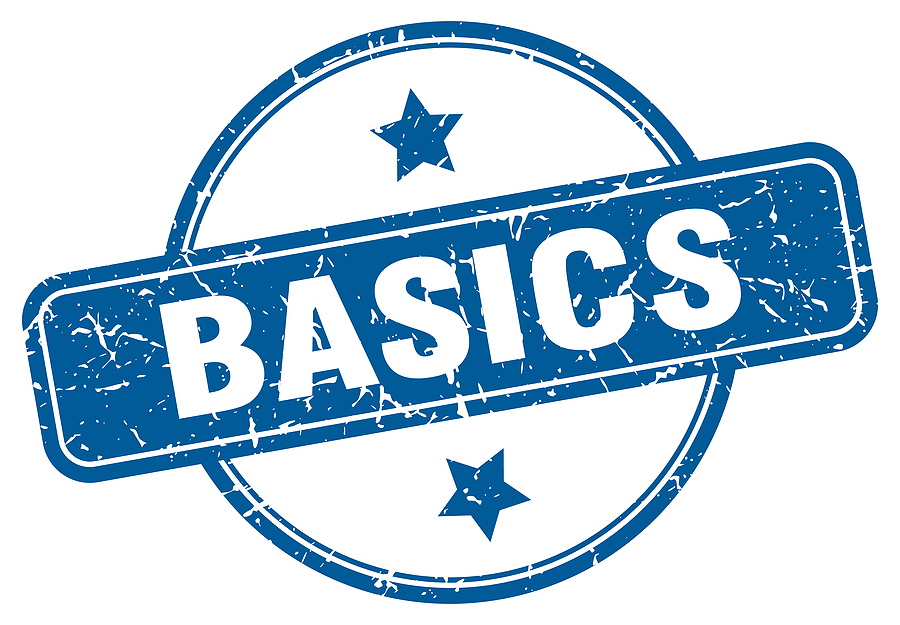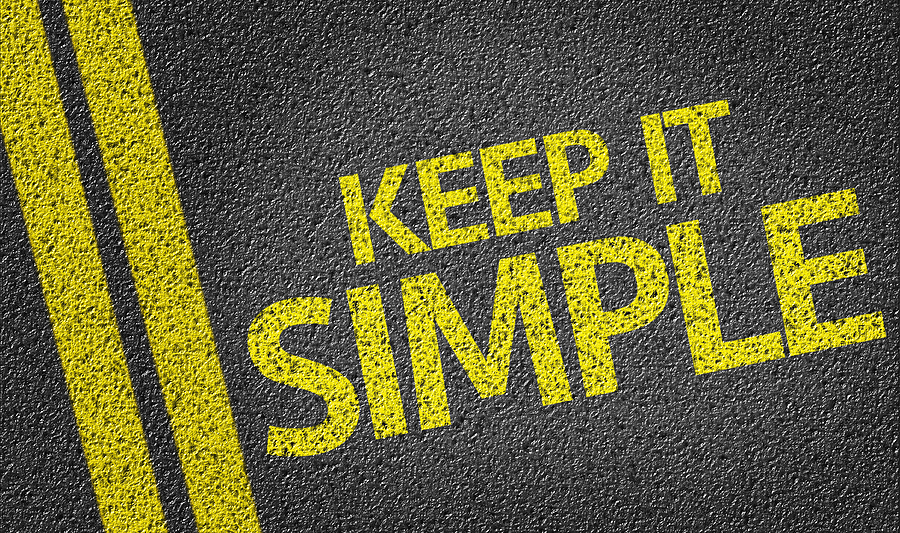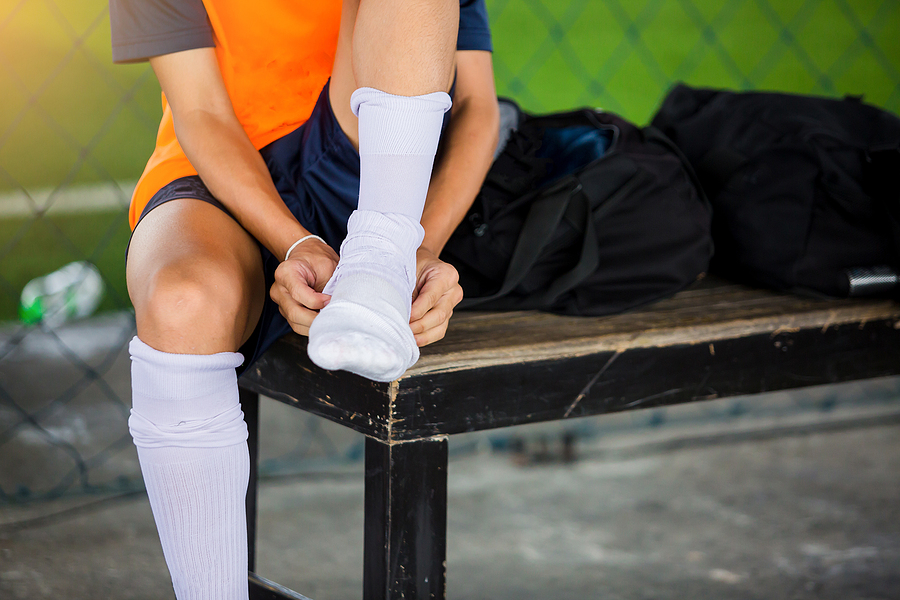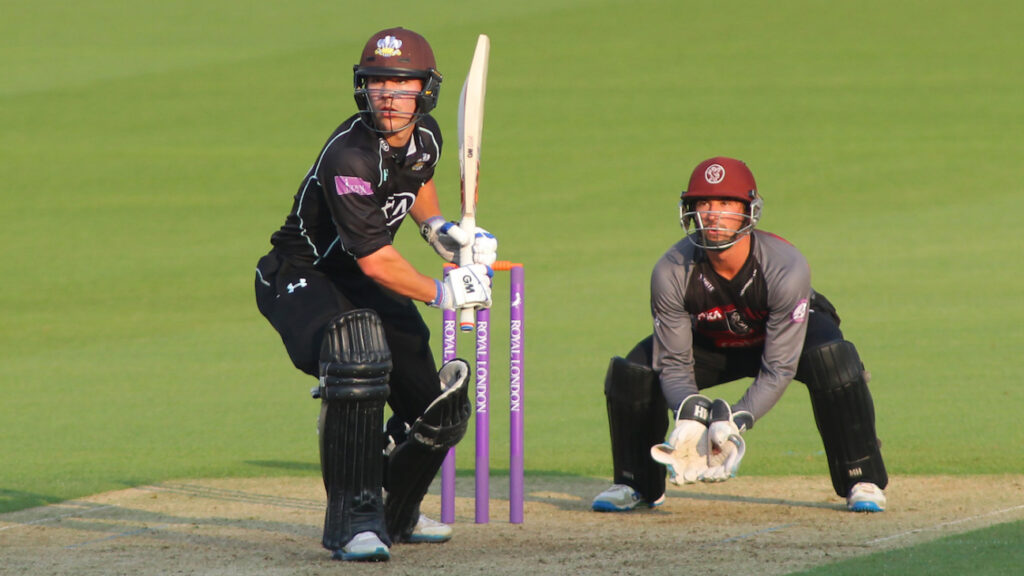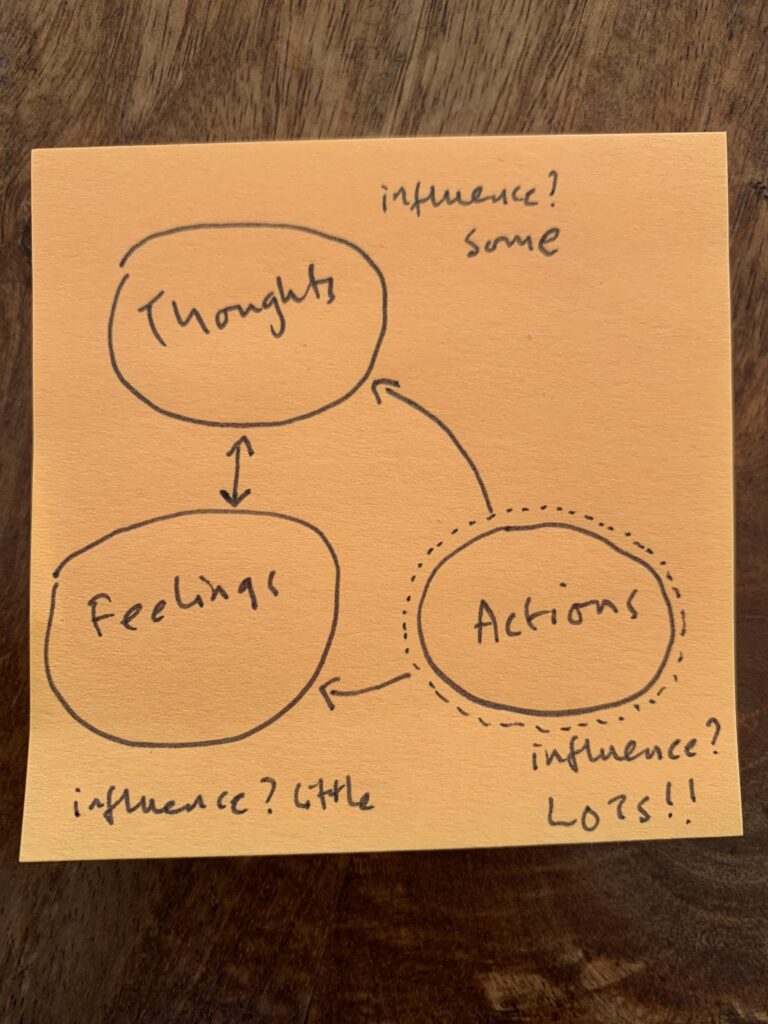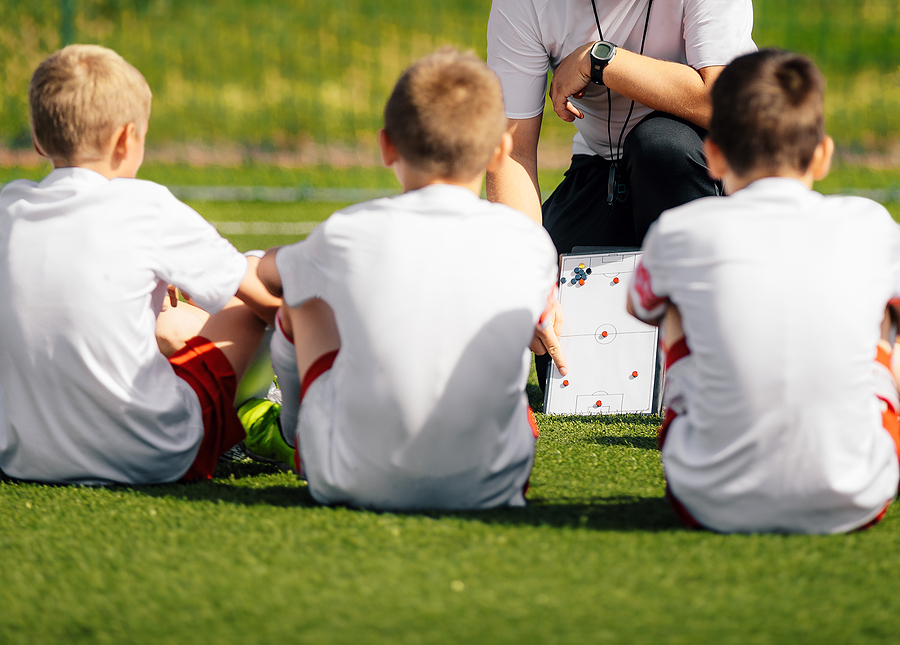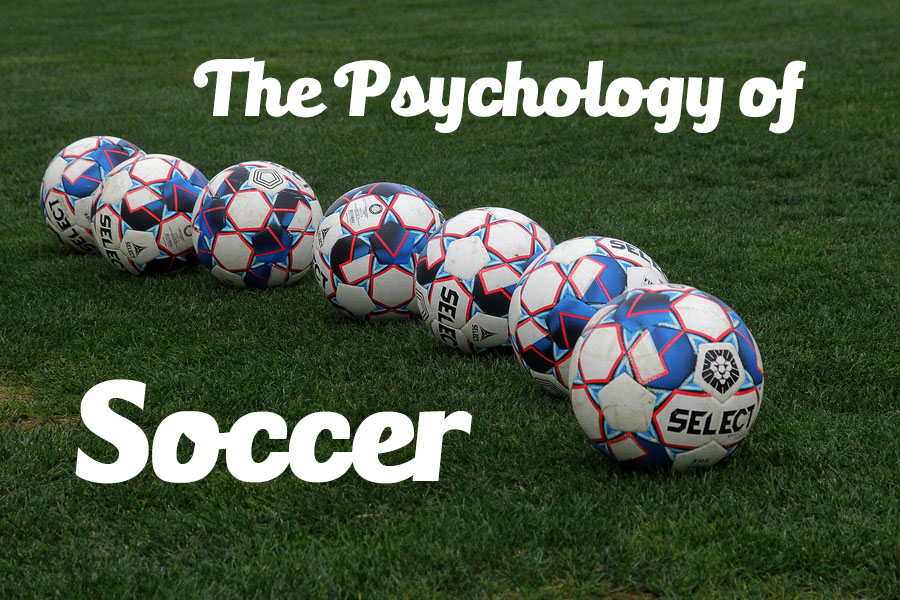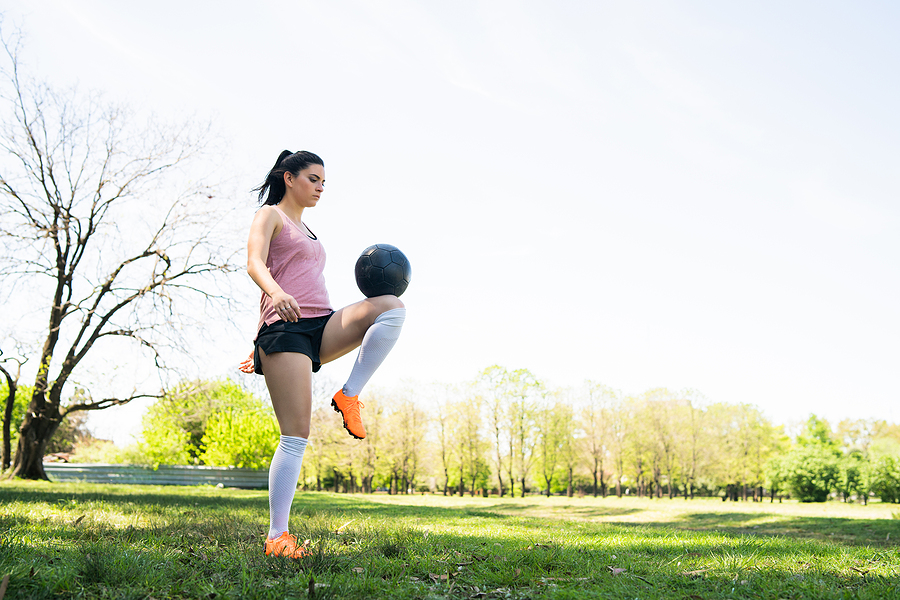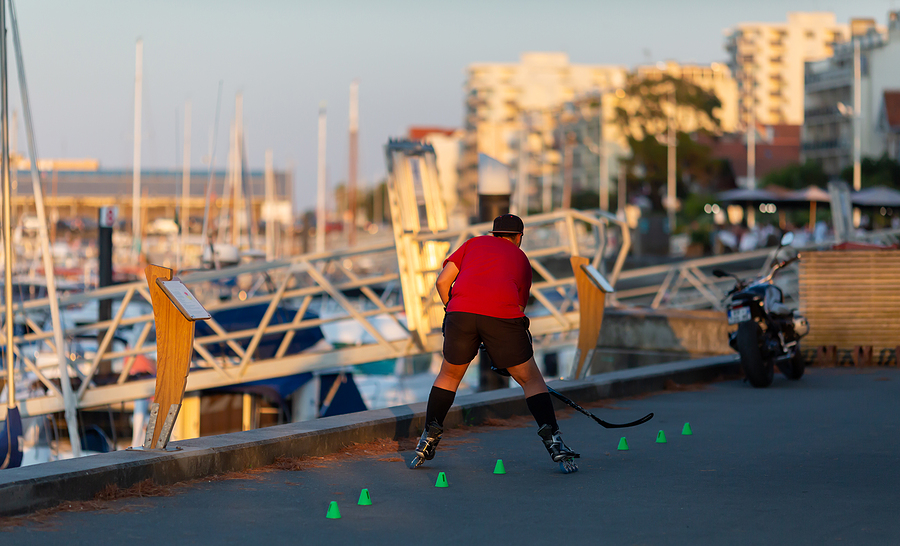
This article was first written and published in 2020 but has recently been updated and improved. If you enjoy it and/or find it useful please take a second to share it with your online communities.
The Sporting World Is Full Of Clichés
The majority of them are normally harmless. However, some are either mentally beneficial or potentially damaging. A while ago I wrote a blog containing some of the best quotes from a sport psychology point of you in my opinion. But what about the duds? What about the quotes or clichés that sound good but in actual fact are detrimental to performance? Fortunately, there are a lot less of these “stinkers” compared to the good ones. Those that I would be more than happy to see my sporting clients right on post-it notes for inspiration outnumber the ones that should be binned.
It may come as a surprise to some of you that a number of the least useful but very well-known sport psychology quotes come from Vince Lombardi. I do not want to criticise Vince or take anything away from his amazing achievements as a coach. But some of the quotes that he is most known for are psychological bloopers. Chief among them are these three:
“Winning isn’t everything, it’s the only thing.”
“We didn’t lose the game; we just ran out of time.”
“Practice does not make perfect. Only perfect practice makes perfect.”
Vince Lombardi
I won’t go into too much detail about why the first two above simply send the wrong message to anybody playing competitive sport. Suffice it to say that for the first one think of Lance Armstrong and the “win at all costs mindset”. The second one, well, that just sounds like an excuse to me. I know it’s supposed to be cheeky but saying you only lost the game because you ran out of time is no different to saying you only lost the game because the opposition scored more points than you.
Practice Makes Permanent Not Perfect
But it is this third quote that I really have an issue with. In particular, the shortened version which is ‘practice makes perfect’. Fun fact ‘Practice Makes Perfect’ currently gets 976,000,000 hits on Google. ‘Practice Makes Permanent’, the correct version, gets half the amount at 515,000,000 results.
For those of you who we have had the privilege of working with since we opened our doors in 2005, you’ll likely be aware of the fact that we do not do too much by way of cognitive restructuring during the mental conditioning process. By this, I mean that by and large, we let people think what they think. We would much rather help our clients to accept their thoughts and execute their motor skills regardless. Sometimes this philosophy is slightly misunderstood as us not being interested in cognitions at all. This is not true, let me explain.
Certain practitioners who subscribe to the ever-increasingly popular Acceptance and Commitment Therapy model may choose to be completely distant from the meaning of words and the potential impact of one inspirational quote versus another.
This Is How We Help Our Clients To Bake Their Cake And Eat It
There are many, many types of thoughts. Let’s conceptualise thoughts in terms of how permanent they might be. A simple way to do this is to divide thoughts into two separate types. The first group, which we could call VABs (for values, attitudes, and beliefs) tends to be more permanent. They create most of the other types of thoughts, the second type. We could call these Current and Individual Thoughts (or CITs).
This Is How VABs And CITs Interact
We all have some very well-ingrained beliefs. Let’s imagine someone who has an ingrained belief that at work everybody should dress in a smart and presentable way. This would mean that they value people who take pride in their own appearance and choice of clothing. This is likely to have been the case in the past. It’s the case now and very likely to be the case in the future. It’s a permanent belief, one that would be hard to change.
Now imagine that somebody with these values and beliefs starts a new job. On the very first day, they are provided with a mentor to show them the ropes. This mentor has come to work in attire that would potentially be more suitable for a lazy Sunday afternoon at home. The VAB about dressing well at work then combines with a desire to leave a good first impression to create a whole bunch of CITs. For example “I can’t believe she’s come to work dressed like that” and “don’t say anything, look beyond the Hoody and smile”.
It Works The Same In The World Of Highly Competitive Sport
For example, consider an athlete who values effort above results. And maybe this athlete has a coach who has a ‘win at all cost mindset’. The athletes’ VABs might result in CITs such as “coach is going to be pissed again because we lost despite playing pretty well”.
How this all plays out from a Mental Toughness Training point of view is quite simple. As sport psychologists and performance psychologists, we see the benefits of spending some time on your values, attitudes, and beliefs. This can be done in many ways but ‘hoping for the best’ is not one of them. Most people simply develop their values, attitudes, and beliefs from their childhood. It’s typically a very organic process. Now this is fantastic if you have been surrounded by psychologically astute people since you were born. But this is rare. For most of us, we would need to sit down regularly in order to clarify our VABs. If you have absolutely no idea about how to go about it get in touch by completing your details on our contact form.
One of my beliefs, not just as an applied sport psychologist but as a person too, is that the concept of perfect does not exist. Striving to be perfect at something is alright as long as you know you’ll never get there. I am a very logical person and it is this analytical part of me which has led me to believe that chasing perfection is like trying to find the Loch Ness monster. Just because people talk about it doesn’t make it real.
This Is The Reason Behind The Belief
Perfect implies that no more improvement can take place. As improvement is never ending then this renders the concept of perfection as a misnomer. Think about it, each time you get to something that you mislabelled as perfect you can still improve it further! So it wasn’t perfect in the first place, now was it?
It should come as no surprise having read this why I dislike the “practice makes perfect” principle. And no Vince … perfect practice doesn’t make perfect either!
What practice can do, if you go about it in the right way, is make something permanent. Practice makes permanent correctly suggests that through the process of repetition, it will eventually become a habit, an automatic action that requires little or no front-of-mind awareness. Practice doesn’t make perfect, practice makes permanent.
Often when I am helping my sporting clients with their values and I manage to convince them to replace practice makes perfect with practice makes permanent they ask me about how long it would take to make something permanent. Quite often the 10,000 hours principal comes up which is another furphy. There are too many variables to that question. It will depend on the complexity of the task and genetic factors. Are you starting as an absolute beginner or are you already reasonably adept at it?
Having said that I did stumble across this very cool TEDTalk recently which suggests that a massive amount can be achieved in the first 20 hours:
But the goal for competitive sports and anybody wanting to perform consistently at their best should always be the same. You need to put in the effort so that the main motor skills required become automatic. This allows you to go into high-pressure situations with the aim of being present and enjoying yourself. Trust that the practice has made these skills permanent. Accept whatever thoughts and feelings that you happen to be experiencing on the day.
And of course, if you need a hand with all of this give us a shout.

